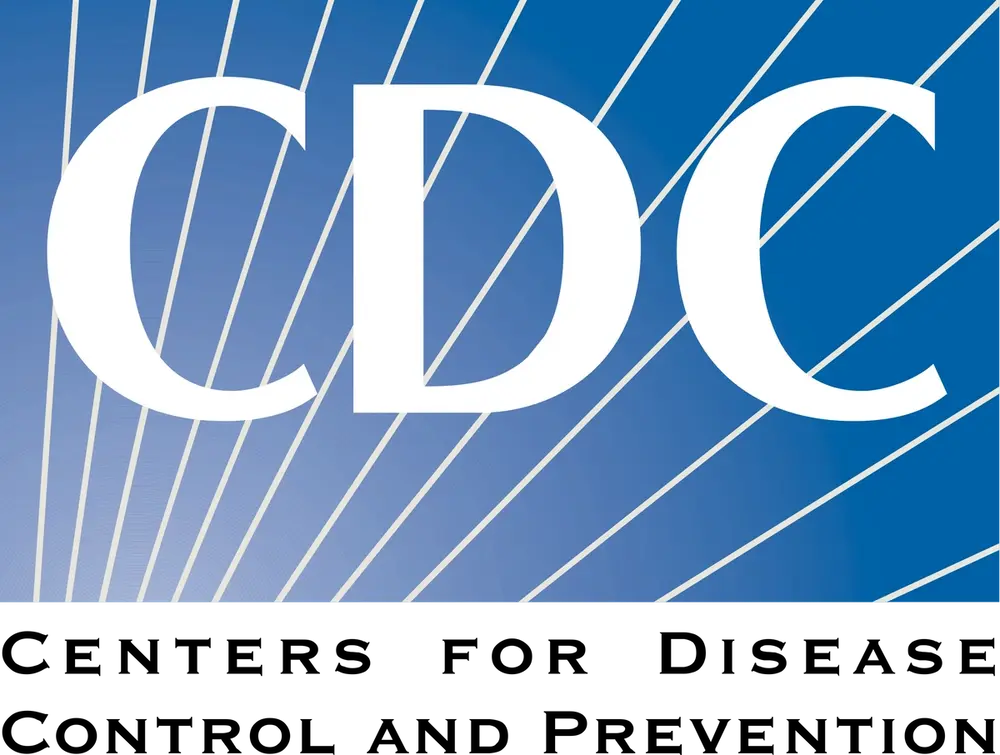Lack of Improvement in HIV Infections and Use Prevention Services Among PWID
People who inject drugs (PWID) remain at risk of HIV infection, according to a recent report by the CDC, which found HIV infection and HIV-associated behaviors remained steady between 2015 and 2018.

The prevalence of HIV infection among PWID remained steady in 2018, according to a recent analysis by the US Centers for Disease Control and Prevention (CDC), which also found a significant drop in use of syringe service programs by Black PWID.
The analysis, published in the CDC’s Morbidity and Mortality Weekly Report evaluated HIV infection and associated behaviors among PWID in 23 metropolitan areas in 2018 compared with 2015.
People who inject drugs accounted for about 10% of HIV diagnoses in 2018.
“In 2020, the COVID-19 pandemic devastated delivery of prevention services for people who inject drugs nationally, resulting in a substantial reduction in syringe services programs operations and provision of medication for opioid use disorder,” Cyprian Wejnert, PhD, epidemiologist in the CDC’s Division of HIV Prevention, told Contagion. “This analysis highlights the ongoing need for risk-reduction and increased access to HIV prevention services among people who inject drugs -- services that were unfortunately reduced as a result of the COVID-19 pandemic.”
The study included 11,348 PWID who were tested for HIV and interviewed by the CDC’s National HIV Behavioral Surveillance (NHBS) staff. Weighted HIV prevalence was 7%, unchanged from 2015.
Among HIV-negative PWID, about 26% reported sharing syringes within the past year, 68% had condomless vaginal sex, 57% had been tested for HIV infection, and 55% received syringes from a syringe services program (SSP).
“While not a decline, the lack of improvement in the areas of HIV testing and utilization of programs providing access to clean syringes during this time period is troubling, especially when you consider there was growing awareness of the national opioid epidemic between 2015 and 2018,” Wejnert said.
The CDC recommends HIV testing at least once a year for people who use drugs and their sexual partners. The report called for low-barrier access to syringe services programs that provide sterile syringes and safe disposal, testing for HIV and hepatitis C and referrals for treatment, HIV preexposure prophylaxis, and treatment for substance use and mental health disorders.
Receipts of syringes from such services remained steady among all subgroups except Black PWID. About 40% of Black participants reported receiving syringes from an SSP, down from 51% in 2015.
“CDC’s National HIV Behavioral Surveillance (NHBS) does not collect data that tells us why people use or do not use syringe services programs,” Wejnert said. “It’s possible the recent emphasis on expanding syringe services programs in less urban areas, or factors related to the U.S. opioid epidemic, could play a role in this change—but this is speculation. These findings call for more study to understand the barriers that may prevent African American or Black people who inject drugs from using syringe services programs, and for community-based solutions to address those barriers.”
HIV prevalence among Black PWID was higher (12%) than that among Hispanic (7%) and White PWID (5%), while risk behaviors were lower. Syringe sharing was lower among Black PWID (16%) than among White (36%) and Hispanic (22%) participants. Condomless vaginal sex was reported among 63% among Black and Hispanic PWID, compared with 73% of White PWID, and condomless heterosexual anal sex was reported by 16% of Black PWID, 30% of Hispanic PWID and 24% of White PWID.
“Providers or clinicians who may serve people who inject drugs can play a critical role in effective HIV prevention and treatment,” Wejnert said. “CDC’s HIV Nexus is a one-stop location for information on HIV, including up-to-date tools and guidelines for practices, and educational materials for patients.”
She said the report highlights the importance of expanding HIV prevention programs, which have suffered disruptions during the COVID-19 pandemic.
“Findings from this analysis, and continuous monitoring of characteristics and behaviors of people who inject drugs, will facilitate estimation of how the pandemic disrupted behaviors as well as access to essential prevention services among PWID,” she said.
